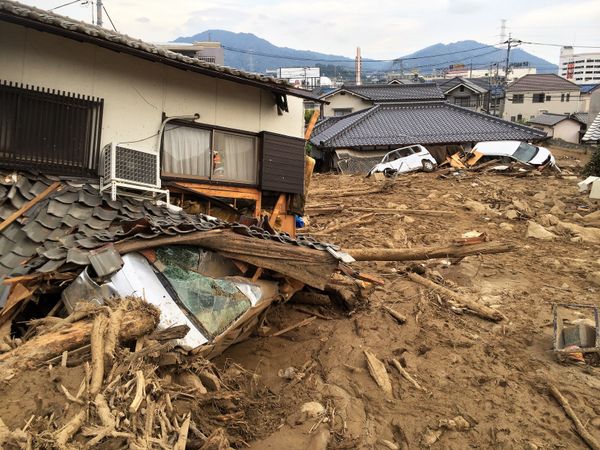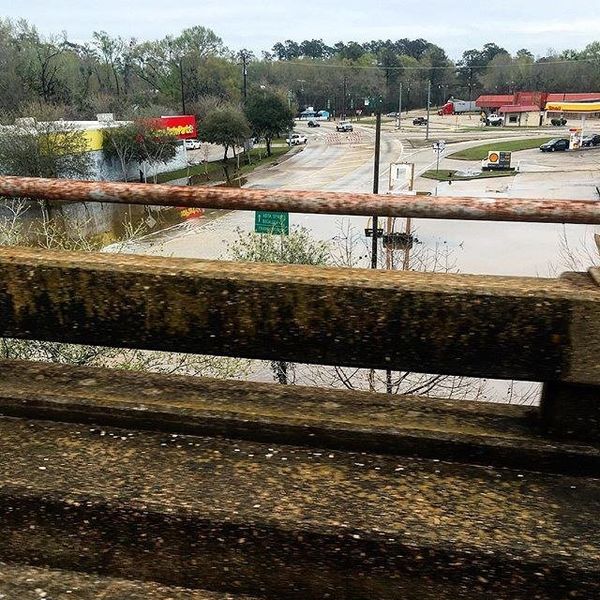Earthquakes are set off by the movement of the earth’s crust, which is divided into large sections called tectonic plates. The Apennine Mountains, where the quake occurred on Wednesday, are in an area where one plate, the African, is moving under another, the Eurasian. Because of the complex interaction between the plates, the basin of the Tyrrhenian Sea, off Italy’s west coast, is spreading. It is this spreading, and the tension it creates in the Apennines, that led to the quake. (Thanks, New York Times.)
Due to this deadly 6.2 magnitude earthquake, approximately 240 lives were lost with innumerable homes and other buildings destroyed. This was a very shallow earthquake, causing it to be more severe than expected with its magnitude. Most of these structures, like many European buildings, were constructed with stone in an era where basically nothing was known about earthquakes, let alone the damage they could cause. Because of this, they were not constructed to be able to hold up to those kind of encounters unless they had been updated to be able to do so.
"People were just running onto the roads away from buildings in a panic. We saw our cameras shaking, and journalists here too were panicking," said CNN producer Margot Haddad. Sadly, natural disasters, and some not so natural, seem to be the most prevalent item in our news here lately. Quotes like the one from above fill our Twitter timelines, and devastating photos seem to simply cover Facebook. But even amidst all this heartache, there are small, sometimes almost unnoticeable, stories that can bring even a little sunshine into such a dark place.
A story that I never saw come across any news screen or social media platform is one of firefighters rescuing an eight-year-old girl from debris. The destruction was devastating and rescue groups in Pescara del Tronto were searching for any sign of life as they pulled bodies from the rubble. When they heard what seemed to be the cry of a survivor, they were overjoyed and tried to find the source of the cry. They did, and they were able to save this little girls life after she had been trapped for what they assumed was around 17 hours. When tragedy strikes, always look for The Helpers.
Italy's civil protection agency told CNN that 2,100 people were living in the camps and said that more would be built to accommodate those in need. These camps are being built. Giampiero Antonetti of the civil protection agency in the Abruzzo region said that teams were trying to relocate people out of the camps as the weather in the mountainous area cools. "We will look for places for them to stay -- hotels, with relatives. Yesterday during the night it almost reached freezing, so people cannot be here for a long time." People are opening their arms to these people. They are not alone. Even in a world that seems to be engulfed by turmoil, always look for the helpers.
Fred Rogers said “When I was a boy and I would see scary things in the news, my mother would say to me, ‘Look for the helpers. You will always find people who are helping.’” Mr. Rogers was a wonderful role model for us when we were children and he still proves to be even when we’re adults.
Santini, a restaurant owner and published poet, wrote a poem in Italian called for Amatrice to commemorate Wednesday’s devastating earthquake that left at least 268 dead. In it, he calls the earthquake a “coward monster, hidden beneath the ground” and “shaking the earth so the soul cannot find peace.” But, he concludes, there is “light coming from hope” in the form of “brotherly love that moves the earth more than the trembling ground” can move it.
“I’m an optimist,” Santini said. “What happened is an unforgettable tragedy, but it can also bring all of us closer together.”
Whether they are on a rescue crew, passing out food at a camp or shelter, or a poet who pens words to comfort us all, always look for the helpers. Be a helper when you can, and direct others to the helpers when they need them the most.





















